How to care for your kimono: Airing and Folding
(click here for page 2 of the taking care of the kimono guide)
A little extra time invested in caring for your garments will give you years of extended pleasure.
(quote from John Marshall of John's Attic)
1) Air the Kimono
Before storing the kimono don't forget to air them for 2 to 4 hours depending on the dryness of the day to remove unwanted moisture and sweat. To prevent unwanted folds at the shoulder do not leave it hanging too long (days) and it would be wise to invest a small amount on a kimono hanger (emonkake).Be sure to take time to carefully look over your kimono at this stage. It is very irritating and stressful to notice stains, spots the moment you want to put on the kimono and there is little time left.
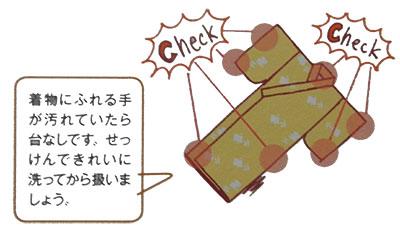
Areas that soil easily are the wrist area of the sleeve, the collar, and the hem. If you have worn a kimono with long sleeves, be sure to check the front-bottom, rounded portion of the sleeve for any spots or dust. Next gently pat down all of the trouble spots with a folded piece of velvet, terry cloth, or soft cotton to dislodge any dust from the street. If you have found any spots that can’t be dislodged in this manner, move on to more aggressive techniques. Lastly, with a low, dry iron setting, press out any severe wrinkles. It is best to press from the lining side, but if you must iron from the front be sure to use a press-cloth.
Treat your obi, haori, and other garments in the same manner outlined above.
If you store the kimono for a longer period of time, air it out twice a year on a dry day (after two or three sunny days). Let it hang for about 4 hours and making sure the hanging spot is protected from direct sunlight.
Even opening all the drawers and let the air flow through can help where time is short or too many kimono's have been accumulated to hang them all except the ones most prized.


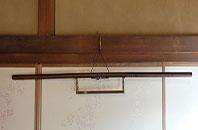

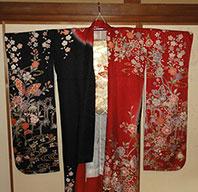
Also for the hakama there are special hangers :
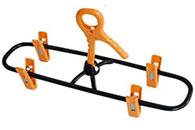



2) Fold the Kimono
Before you start folding the kimono, you could consider laying down an ishojiki (washi paper sheet) on the floor.
This will prevent dust and other small particles on the floor to get on you kimono or obi.
The standard size seems to be 100cm x 150cm (in my case 5 cm too short -_-")


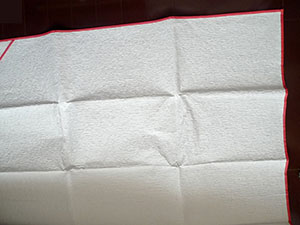
When a Kimono or obi are not correctly folded before storing it may become wrinkled and become ruined (one does not want to wear a wrinkled kimono or obi).
For those who study kimono are just want to know the names of folding methods (たたみ方 /tatami kata), these are:
| 本だたみ | (ほんだたみ / hondatami) | The folding way for kimono. |
| 袖だたみ | (そでだたみ / sodedatami) | Method used when you want it temporarily folded. |
| 夜着だたみ | (よぎだたみ / yogidatami) | When one does not want to damage the crest, patterns or embroidery of Furisode, (men's) crested kimono, children clothing etc. |
| 襦袢だたみ | (じゅばんだたみ / jubandatami) | Underclothing folding. |
| 羽織だたみ | (はおりだたみ / haoridatami) | Haori coat folding. |
If by chance you have a large piece of kimono wraaping paper (たとう紙) spread it out on the floor to minimize the chance of dirt getting on the kimono while folding, else make sure the floor is clean.

How to fold a Nagajuban
It is the garment worn between the kimono and your underwear (which is worn against the body)Before folding, take off the Han-eri (detachable neckpiece). Let it soak and wash in lukewarm water added a neutral detergent.
Dry it off with towels and hang up in the shade.
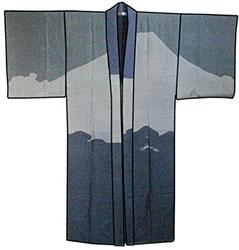




The original Japanese page where these images came from can be found at John's Attic

How to fold a Kimono / Kosode
The Kosode (other term for kimono) is a basic Japanese robe for both men and women. The literal meaning of the term Kosode is "small sleeve," which refers to the sleeve opening.




The original Japanese page where these images came from can be found at Love Kimono
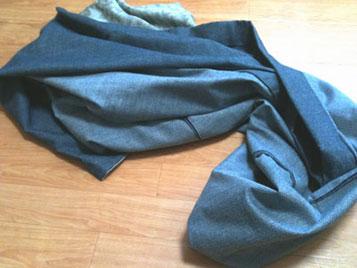
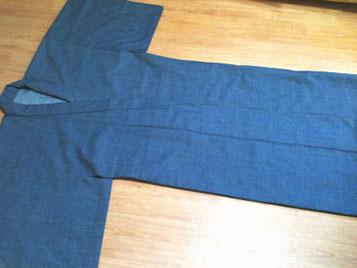





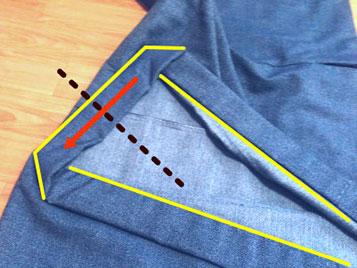



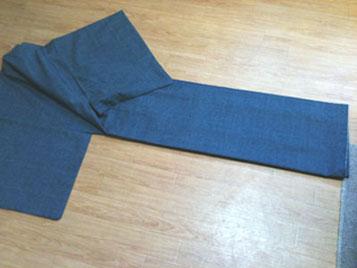

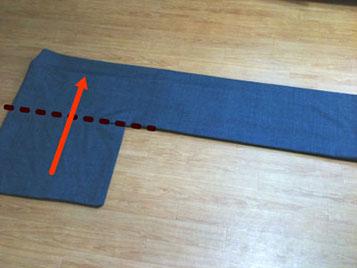

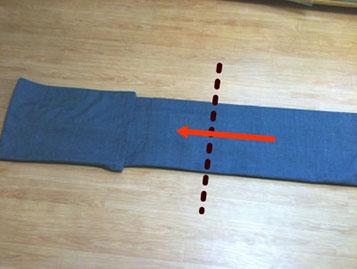
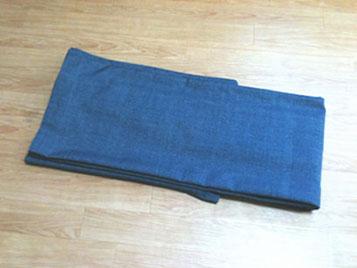
The original Japanese page where these images came from can be found at http://kimono.boy.jp/page_susume04 [ 男だって、着物がきたい ]。 (site not found anymore)

How to fold an haori
The outer garment worn over the Kosode (a sort of robe) by both men and women

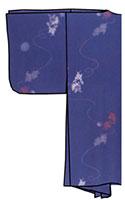
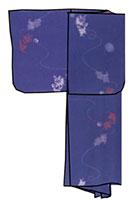


The original Japanese page where these images came from can be found at John's Attic
Go to page 2 of "How to care (folding and storage)"







